Featured Images
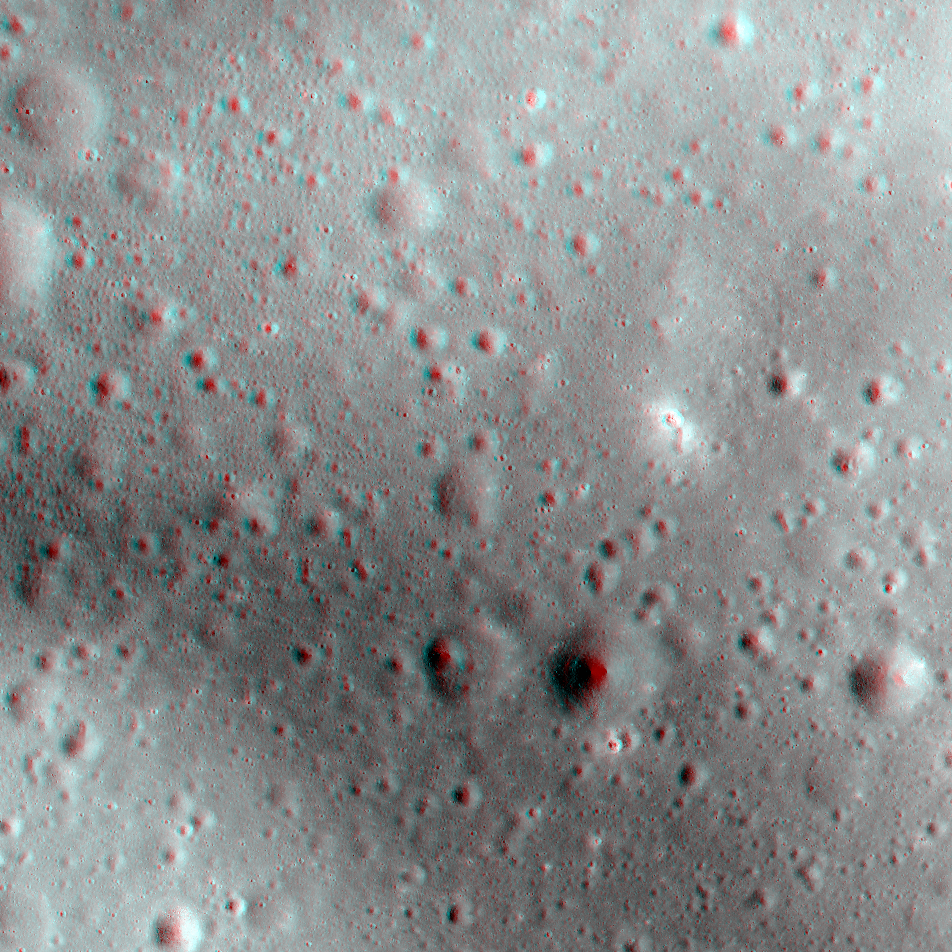
Deflector Shields Up!
Part of the westernmost swirl feature in Mare Marginis. This closeup of the center of the anaglyph strip below highlights an area little more than five kilometers wide. Bright swirl areas appeared "painted on" the landscape. Part of NAC...
Published on 06 Sep 2018
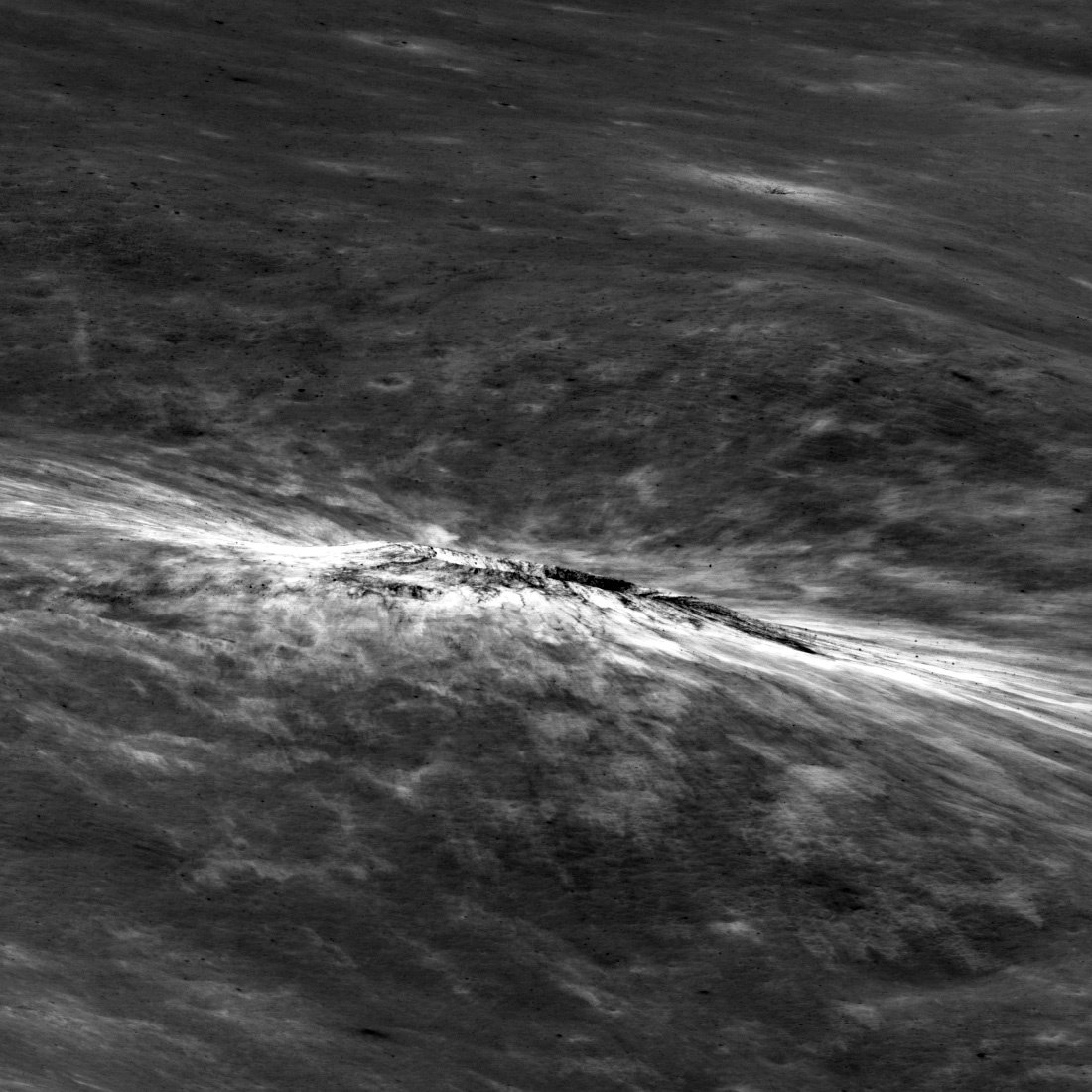
Cool Cold Spots
Oblique (very!) view of Einthoven cold spot crater, located at 109.91° E, 6.74° S. White rays and the crater's rocky rim and rugged interior wall are visible signs of youth. The cold spot anomaly surrounding the crater is another sign...
Published on 21 Aug 2018
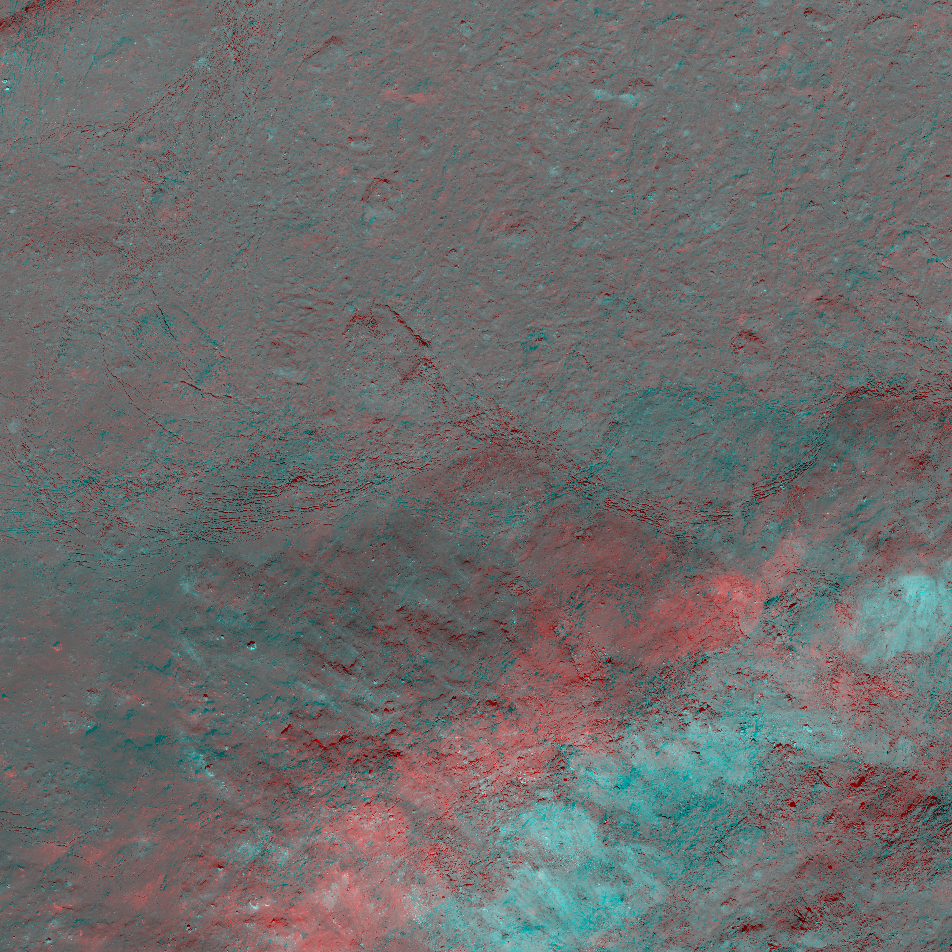
NAC Anaglyph: Moore F Crater
Moore F is an impact crater in transition. Image width is about eight kilometers. NAC images M125720601L/R and M125713813L/R. [NASA/GSFC/Arizona State University]
Published on 09 Aug 2018
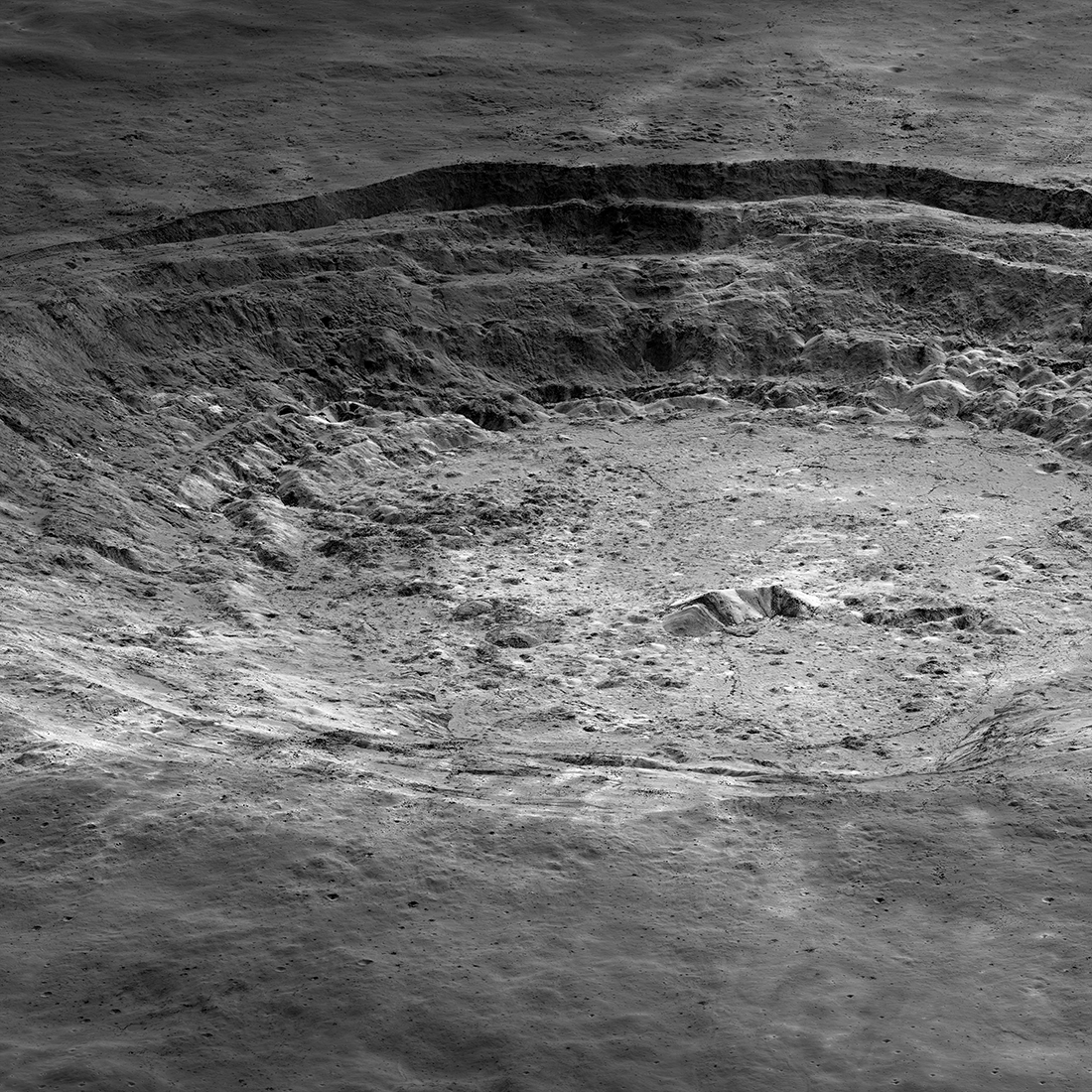
Aristarchus Crater
The Aristarchus crater (40 kilometer diameter, 23.73°N, 312.51°E) and plateau is one of the most geologically complex areas on the Moon. In this amazing picture, the LRO spacecraft slewed 62° (west-to-east) looking across the crater....
Published on 04 Aug 2018
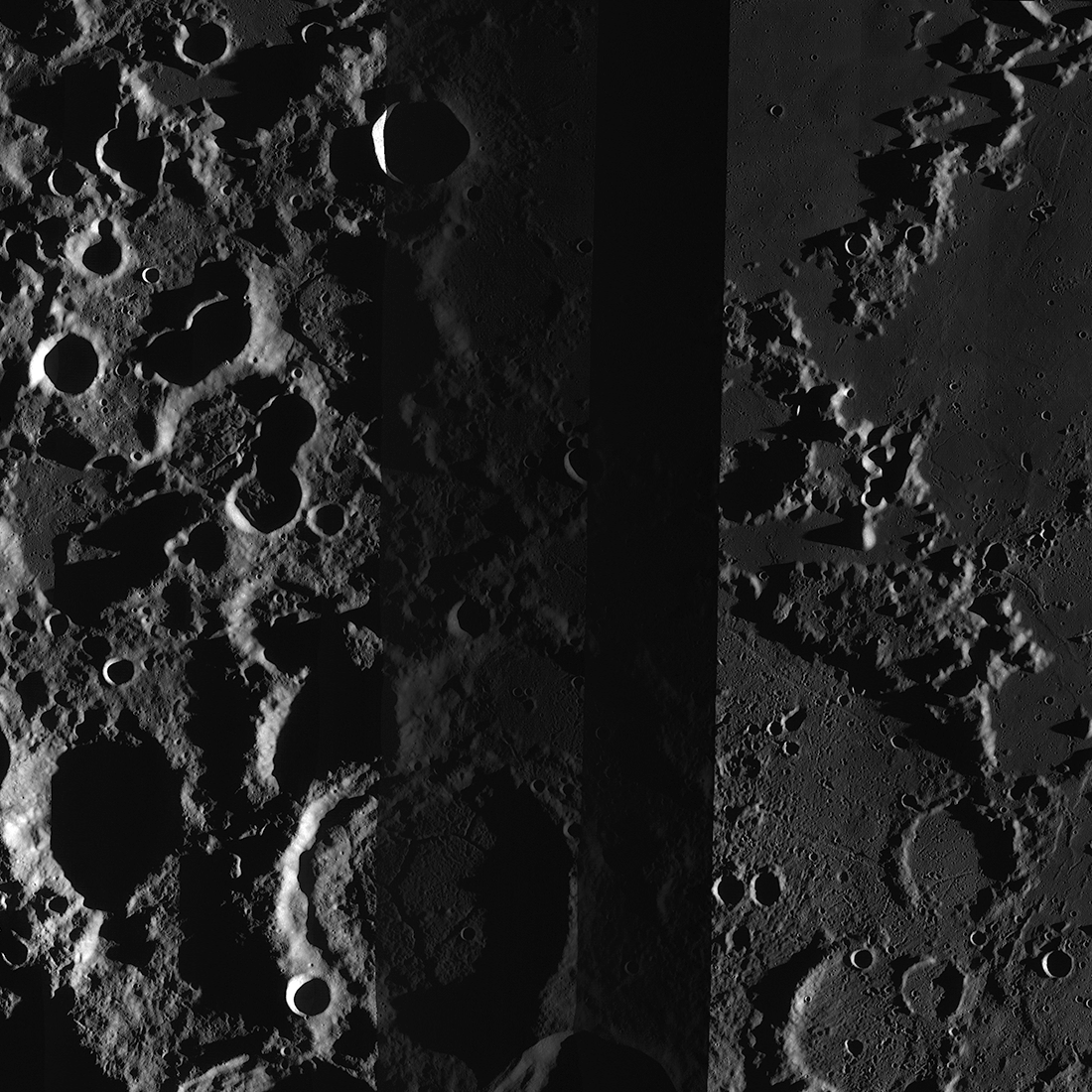
Another Eclipse!
LROC WAC mosaic centered at 22.0°N and 277.5°E showing the Earth's shadow during a partial lunar eclipse on June 26, 2010. It takes LRO two hours to orbit the Moon so only during one orbit was the spacecraft in the full shadow, or...
Published on 26 Jul 2018
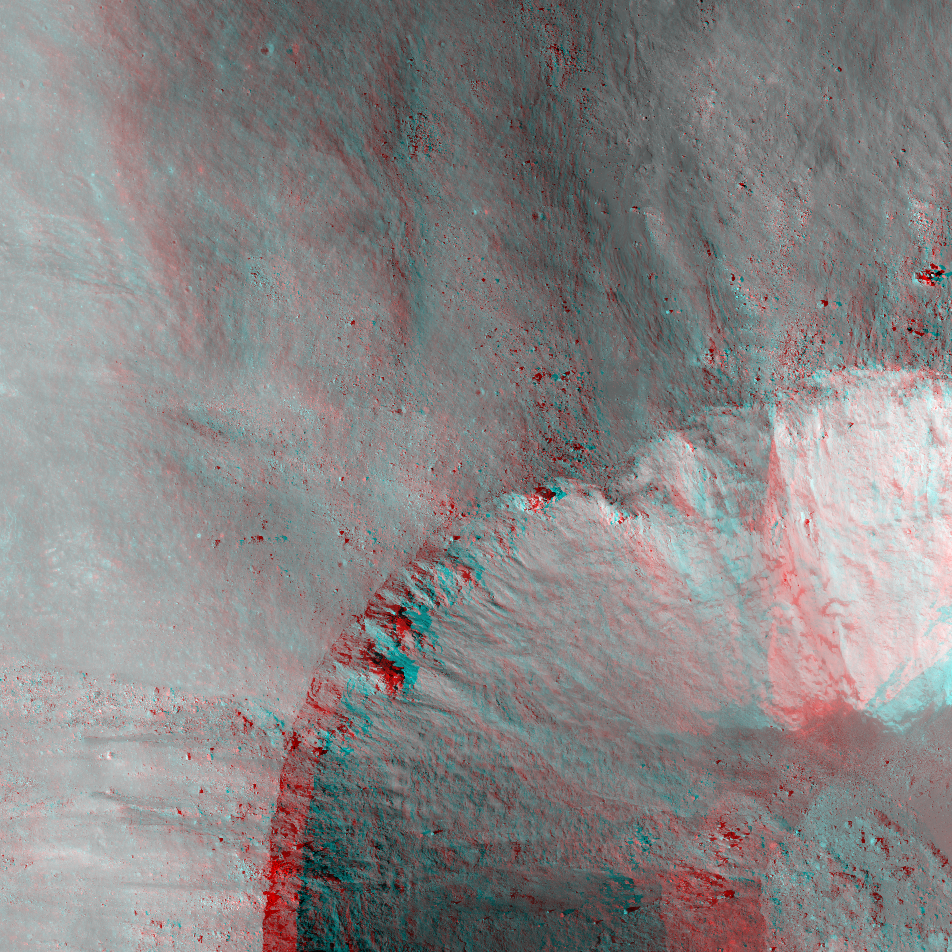
NAC Anaglyph: Eimmart A Crater
Eimmart A, partially visible at lower right, has a split personality. Image numbers M1098422839L/R, M1098408548L/R [NASA/GSFC/Arizona State University].
Published on 21 Jul 2018
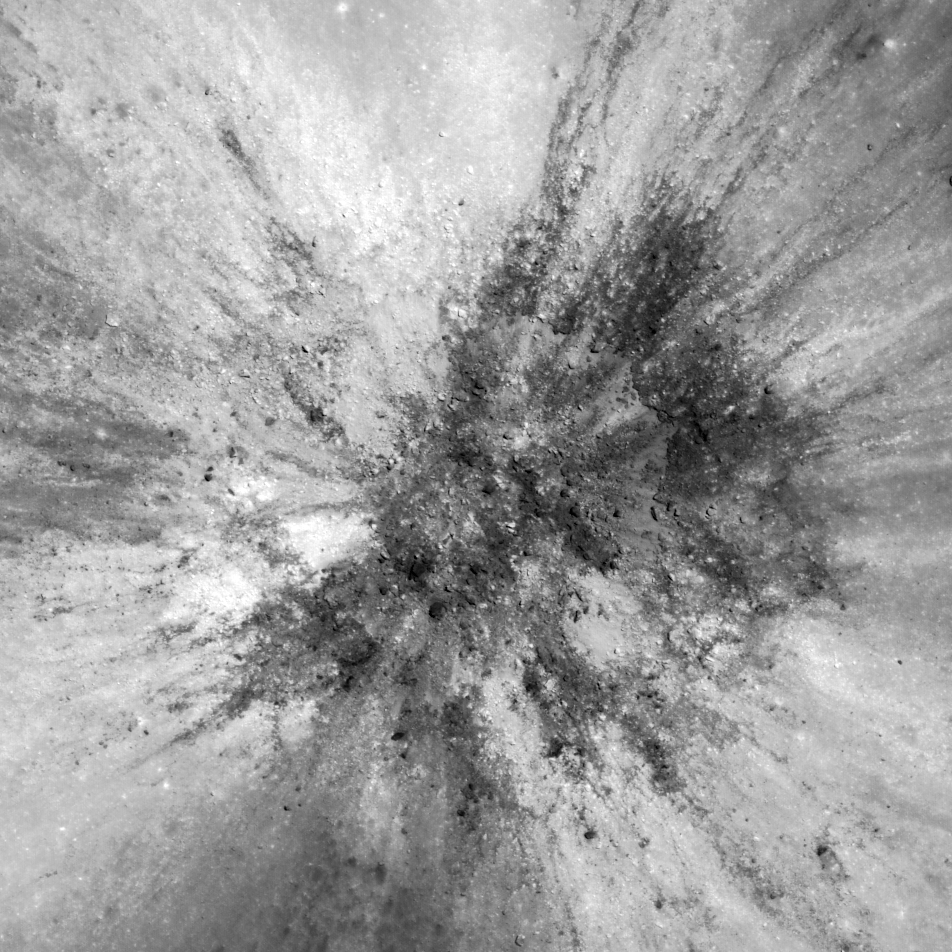
John Young at South Ray Crater
Overhead view of South Ray crater, the most prominent feature at the Apollo 16 Descartes landing site in the central lunar highlands. Astronaut John Young landed Lunar Module Orion north of the crater on 21 April 1972 (UTC)....
Published on 05 Jul 2018
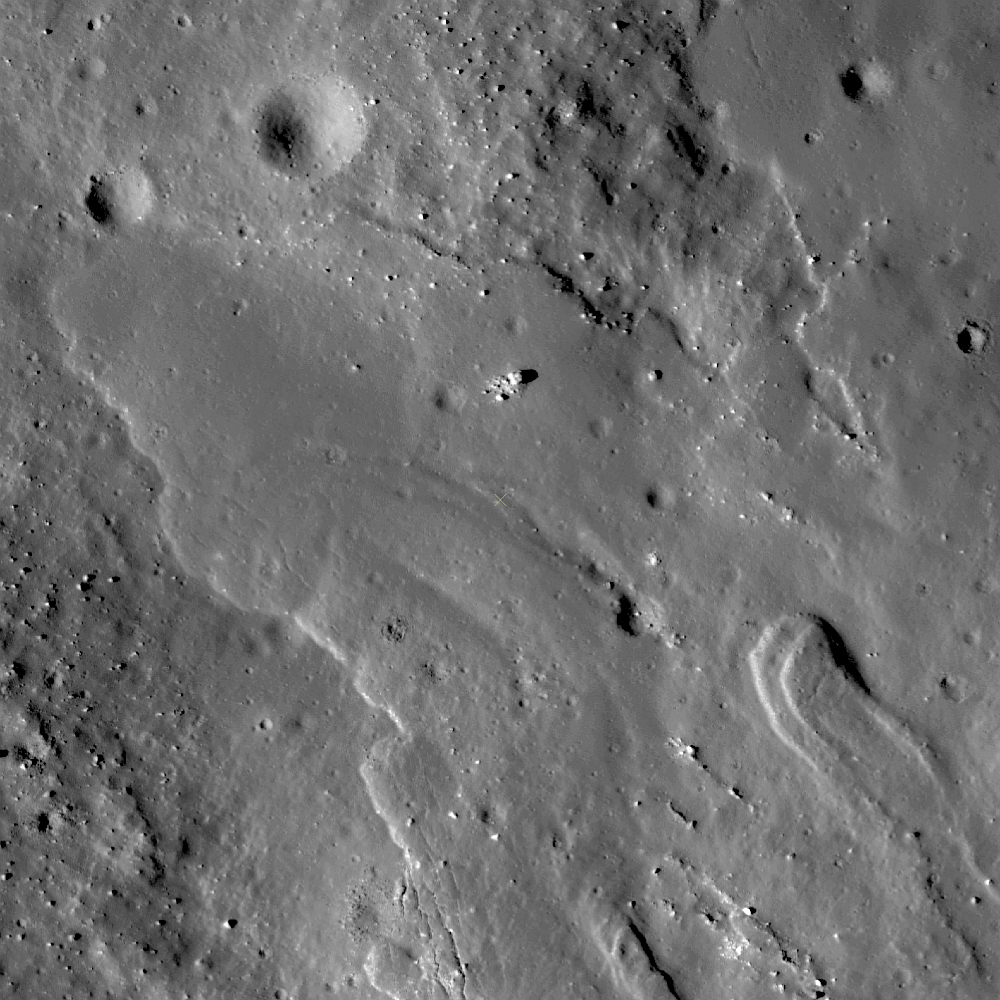
Self-Inflicted Secondaries?
This portion of an impact melt flow at Aristarchus Crater, centered at 24.6°N, 321.1°E, includes modified small craters and overlapping melt flows. What do the shapes of craters on impact melt and the statistics derived through careful...
Published on 30 Jun 2018

Another Lunar Enigma
Ina (18.66°N, 5.30°E) is one of the most enigmatic landforms on the Moon. First discovered in Apollo-era photographs, then intensely studied with modern observations, its nature is still unknown. The Sun is shining right-to-left, 40...
Published on 20 Jun 2018
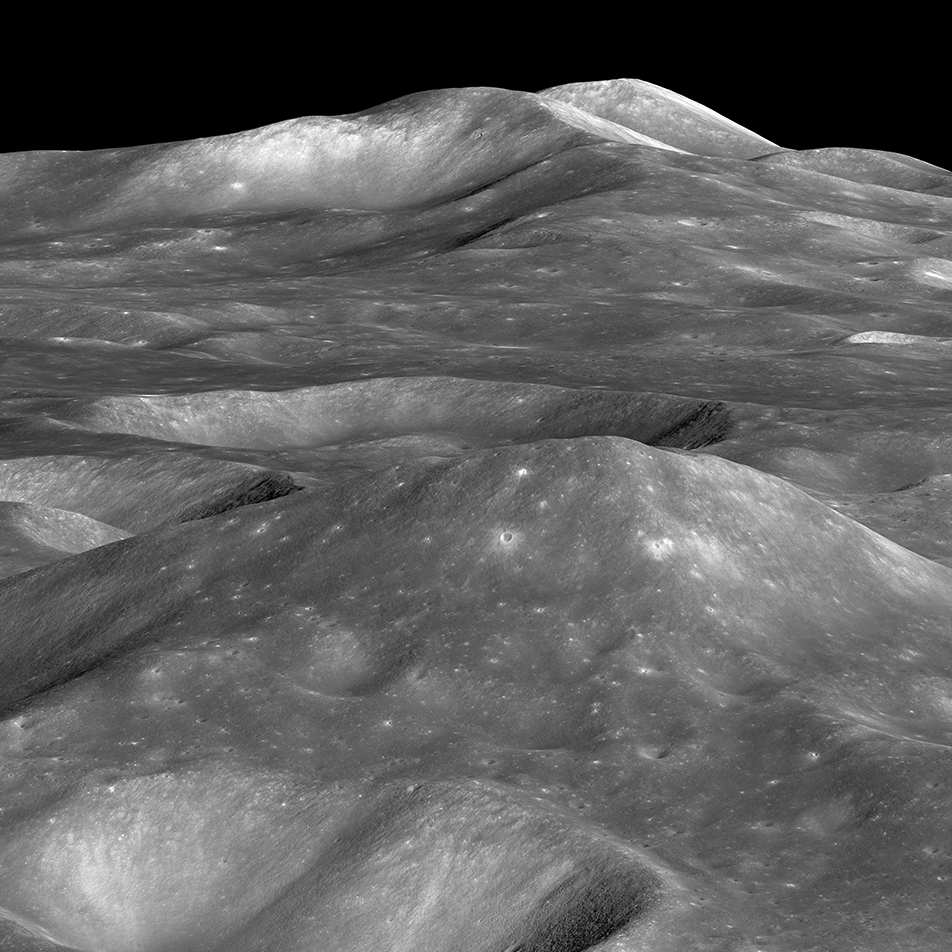
Towering Peak
The summit of the unnamed peak in the foreground (50.2° S, 236.6° E) has an elevation of 6710 meters, about 7000 meters of relief relative to the low point at the bottom of the image. The two peaks on the horizon, 200 kilometers in the...
Published on 15 Jun 2018
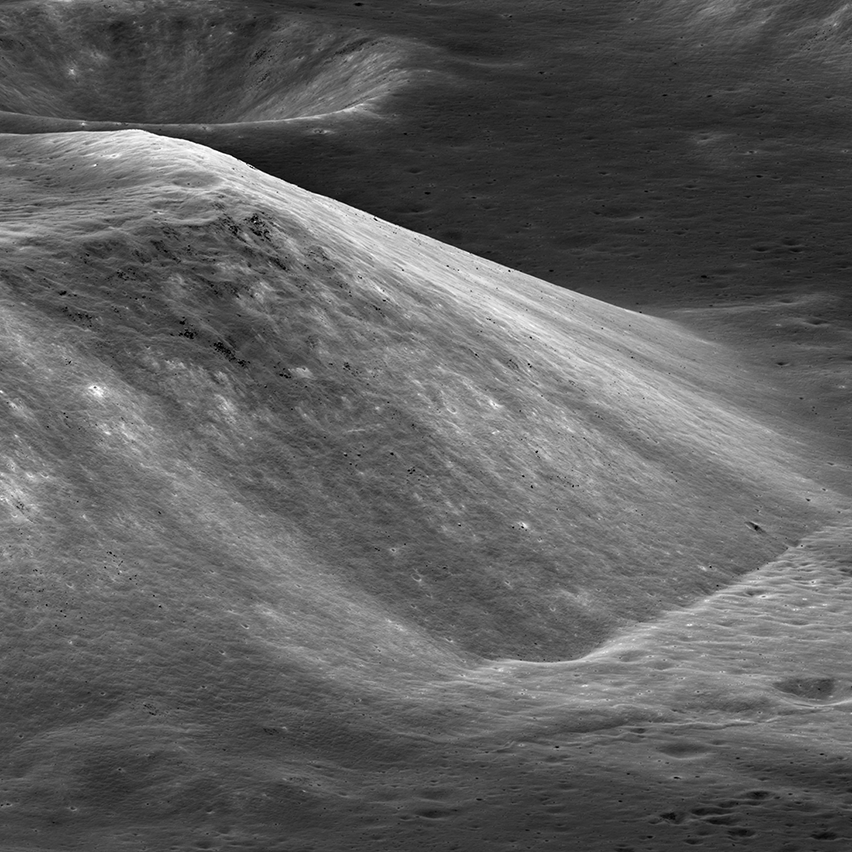
South Massif Landslide
By lunar standards South Massif is a relatively modest mountain, but with a rich history (geologic and exploration). The massif is about 7000 meters across at the base and 2300 meters tall; M1266925685LR, incidence angle 33°, slew angle...
Published on 09 Jun 2018

Hell Q Crater
Recent impact craters are some of the most spectacular landforms on the Moon! For example, Hell Q (3.4 kilometers in diameter, 33.0° S, 355.5° E) shows off pristine impact melt that lined the crater walls and pooled in the bottom, now...
Published on 27 May 2018
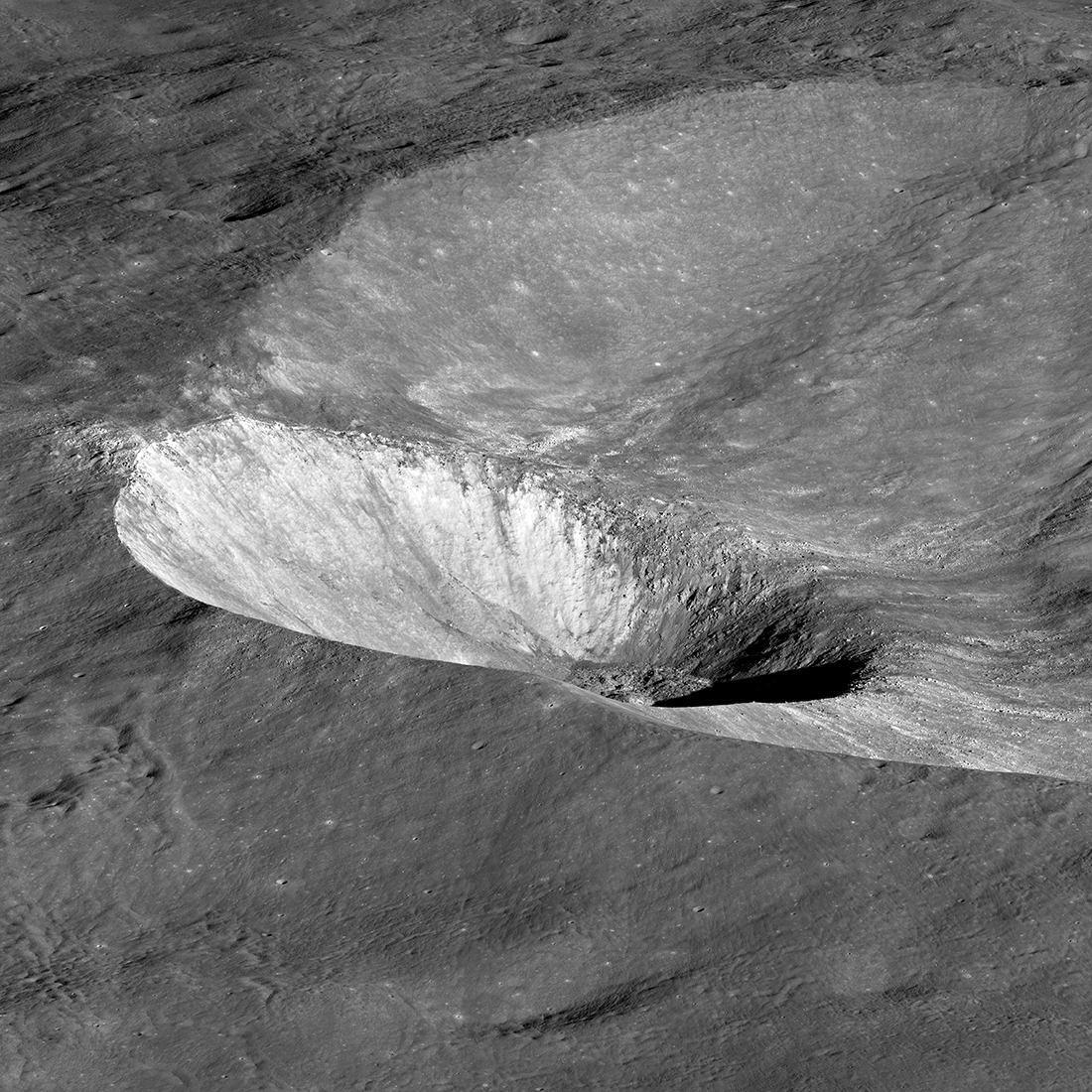
Hawke Crater
Hawke crater, 13.2 km wide, is noticeably tilted because the impactor - an asteroid or a comet - that excavated it struck the sloping inner wall of Grotrian crater. Visible are light-colored rays that attest to the crater's youth, as...
Published on 03 May 2018
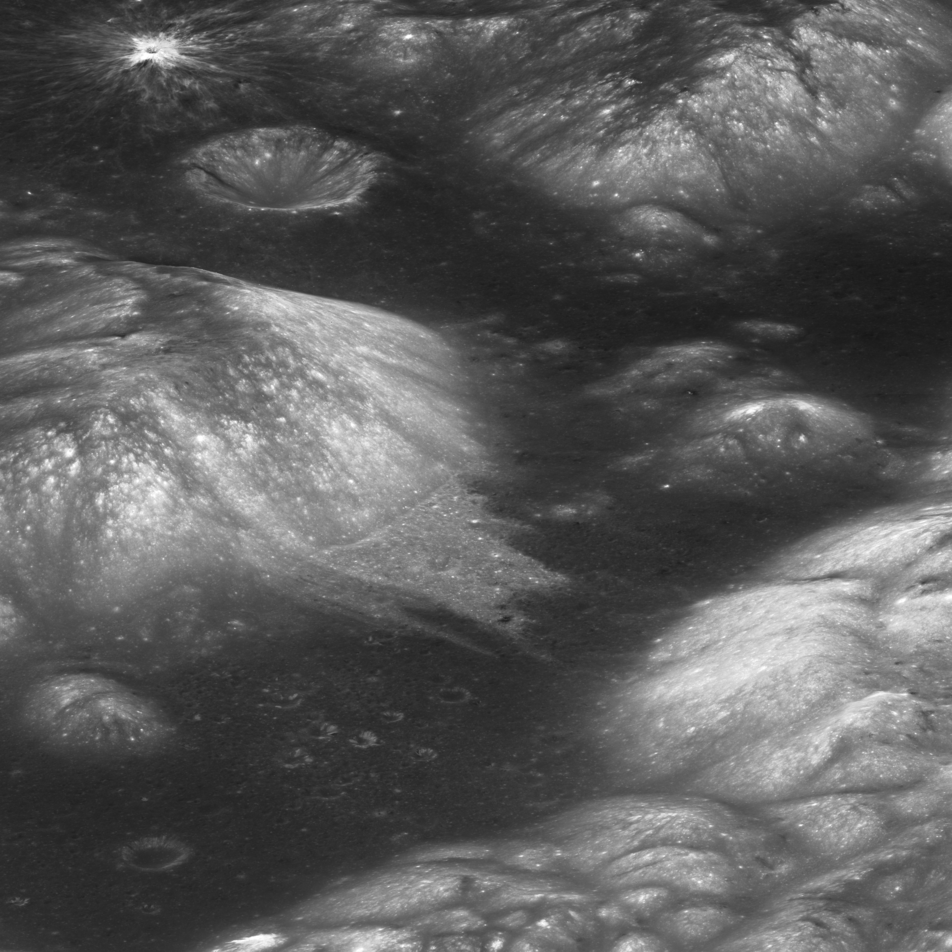
Curiously Fast Degradation of Small Lunar Craters
Taurus-Littrow valley, geologic exploration target for Apollo 17 and the Lunar Reconnaissance Orbiter Camera study team led by Dr. Prasun Mahanti. Center latitude 20.15°N, center longitude 30.98°E, image 18 km wide, image...
Published on 24 Apr 2018
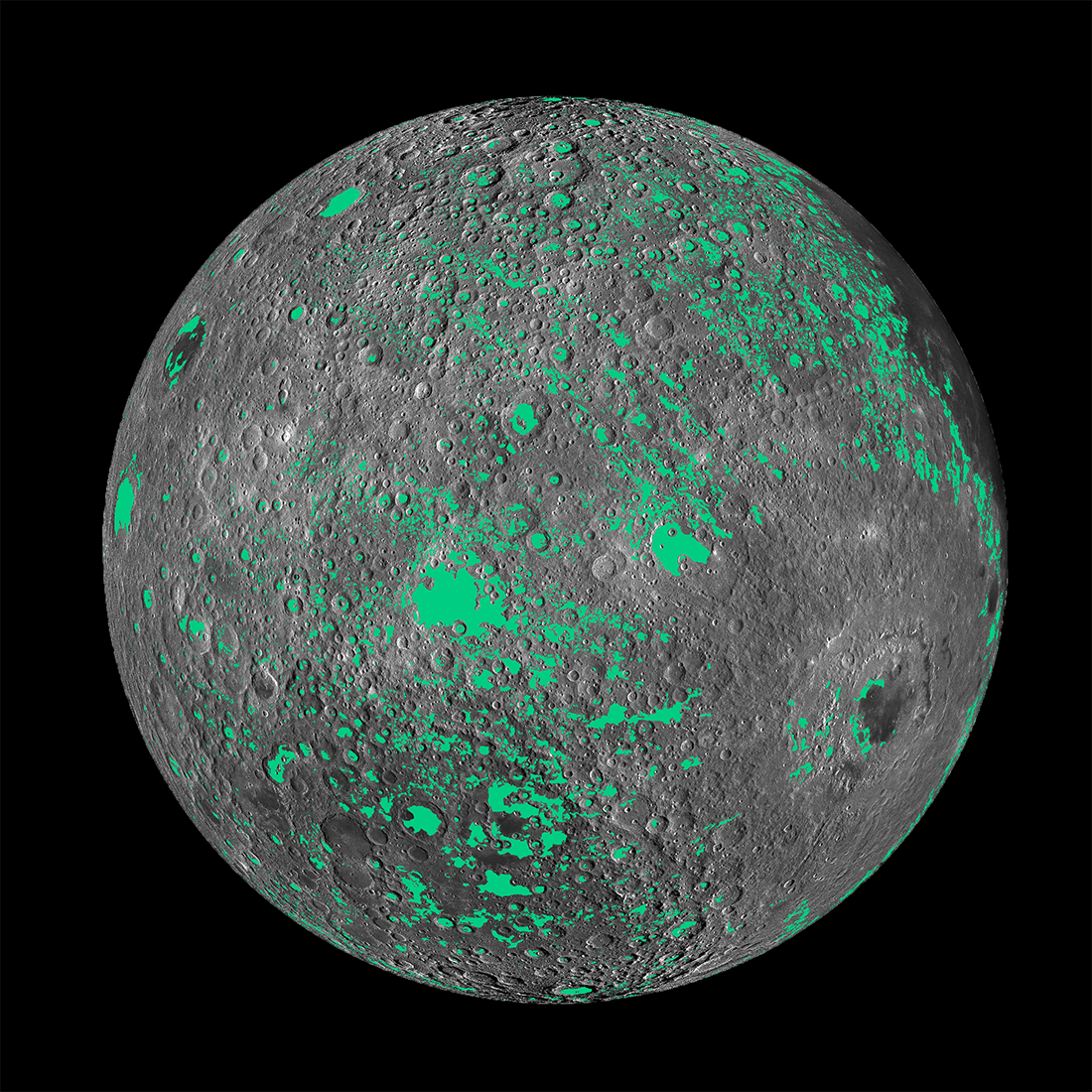
Lunar Light Plains: The Movie
The Orientale Basin, about 950 kilometers wide, is the striking multi-ringed impact feature at lower right. New research suggests that the impact event that formed Orientale may have emplaced light plains deposits - visible here...
Published on 20 Apr 2018
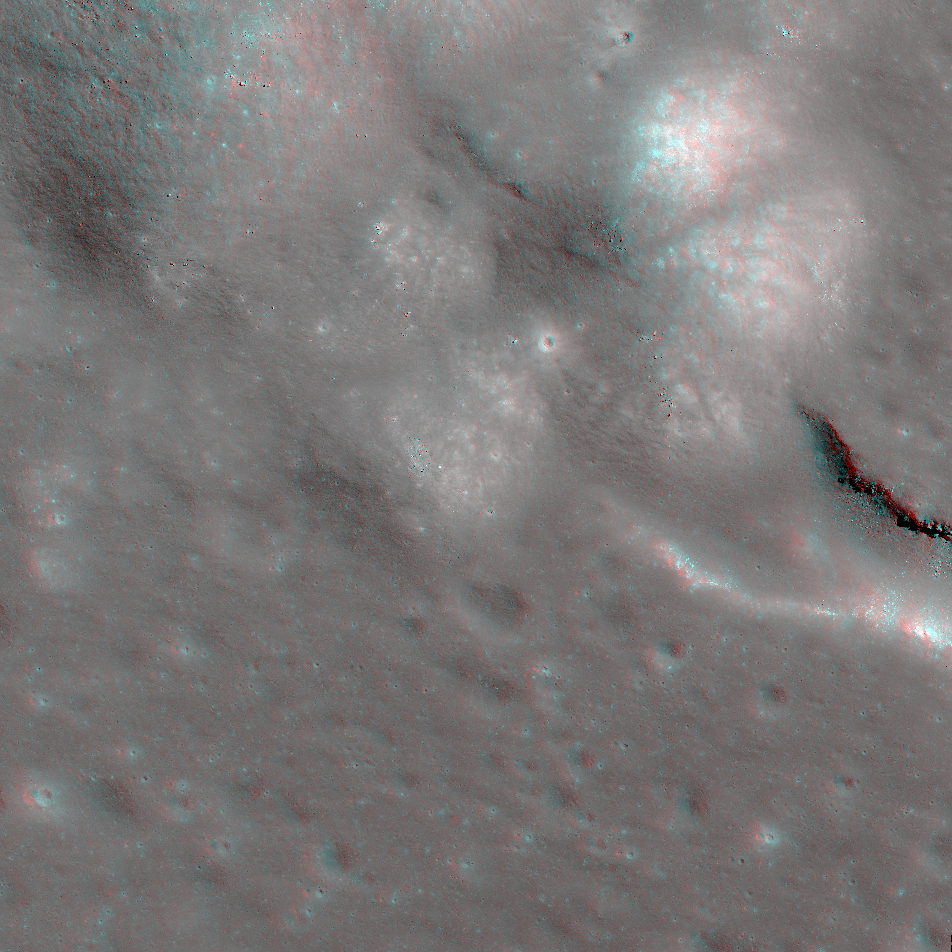
NAC Anaglyph: Humboldt Crater Floor
A floor fracture and central peak structure on the floor of Humboldt Crater (207 km diameter) that formed directly after impact. Intrusive volcanic activity likely caused the floor of the crater to lift up and then fracture ...
Published on 06 Apr 2018
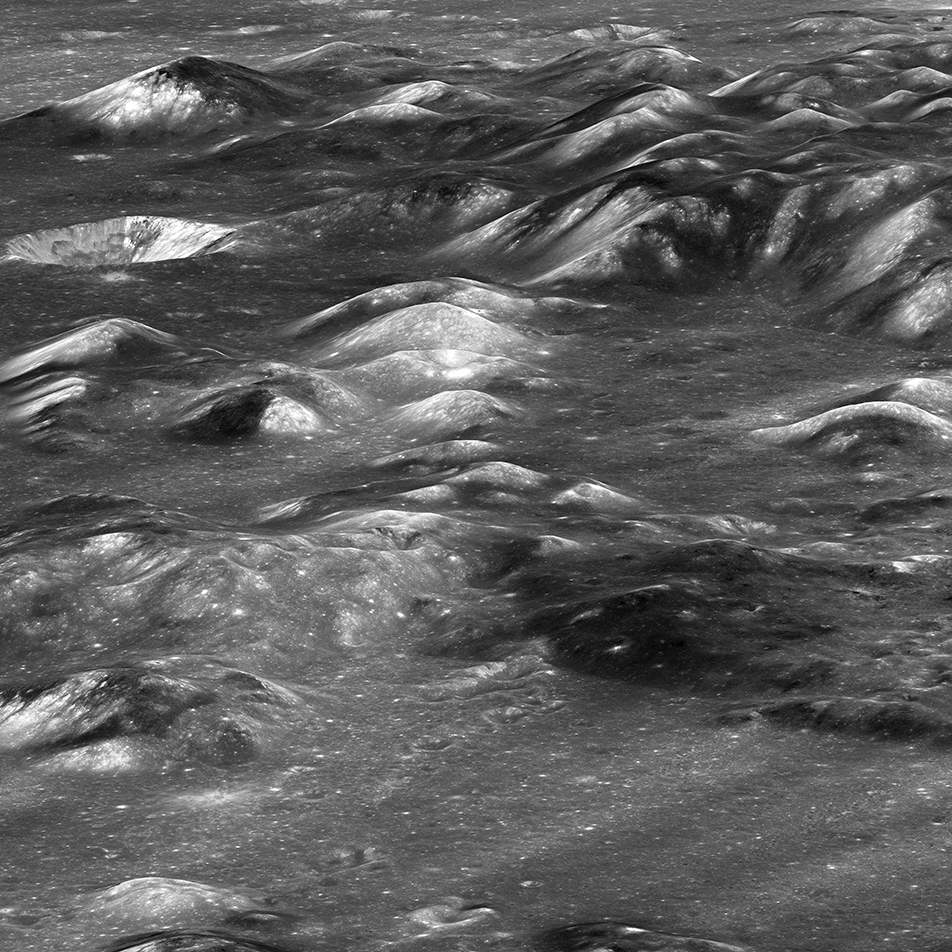
Montes Carpatus
The Montes Carpatus region (16.67°N, 332.93°E) contains numerous examples of volcanic materials. The low albedo (dark) patterns may indicate pyroclastic (explosive) material that erupted over 3 billion years ago. Tobias Mayer G crater...
Published on 08 Mar 2018
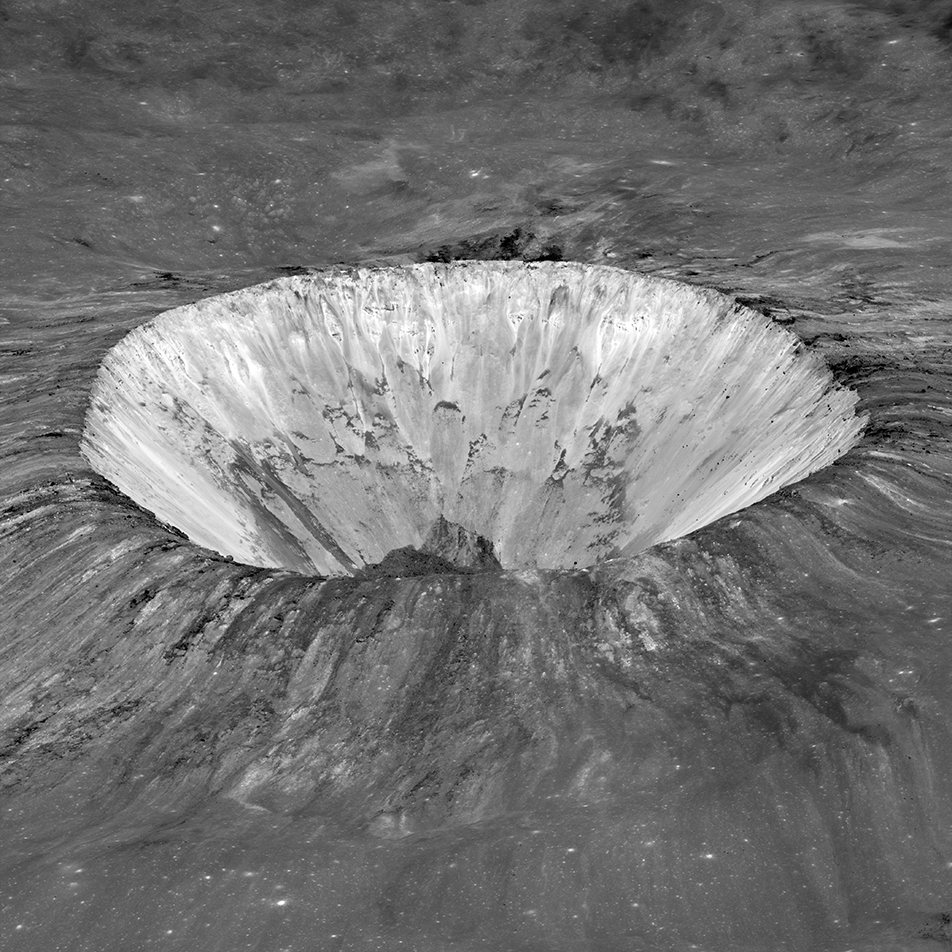
Luminous Pierazzo Crater
The Moon continues to surprise us with its beauty! When did this magnificent crater form? From its pristine state it looks as if it could have formed yesterday, however erosion proceeds slowly on the Moon. NAC M1265532953LR, scene...
Published on 13 Feb 2018
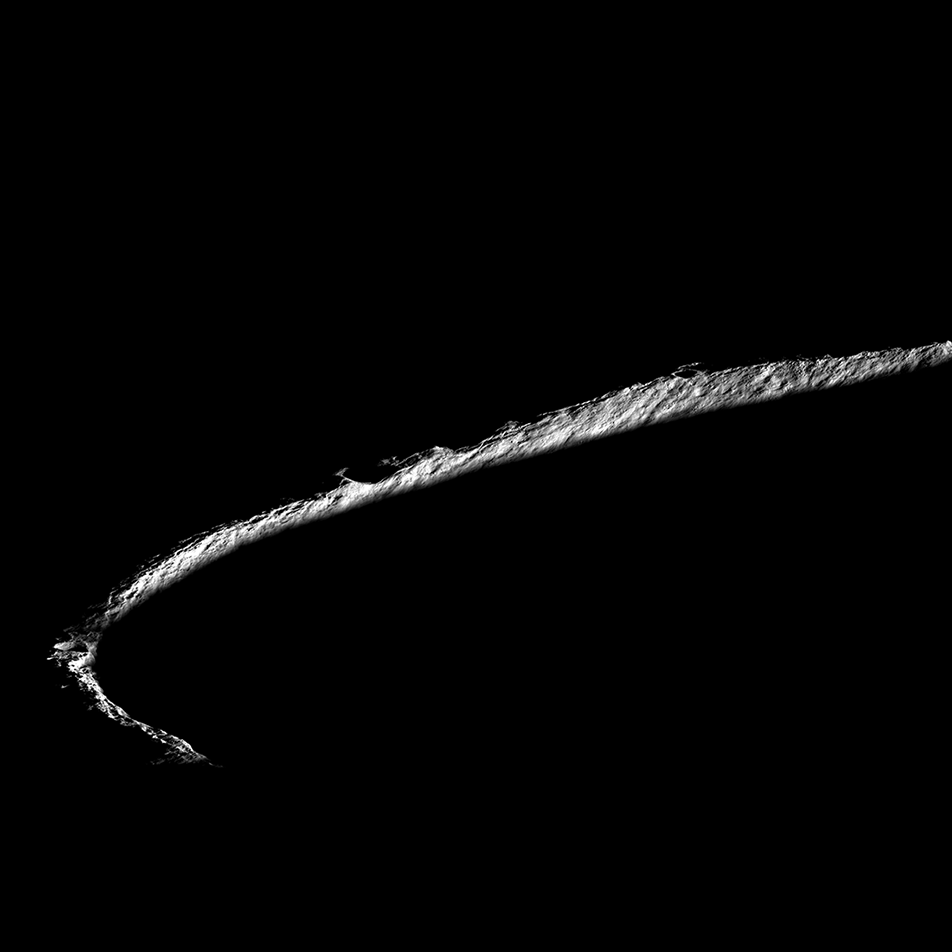
On the Rim!
Spectacular oblique view of the rim of Shackleton crater (21 km diameter, 89.66°S, 129.20°E). While no location on the Moon stays continuously illuminated, three points on the rim remain collectively sunlit for more than 90% of the...
Published on 01 Feb 2018
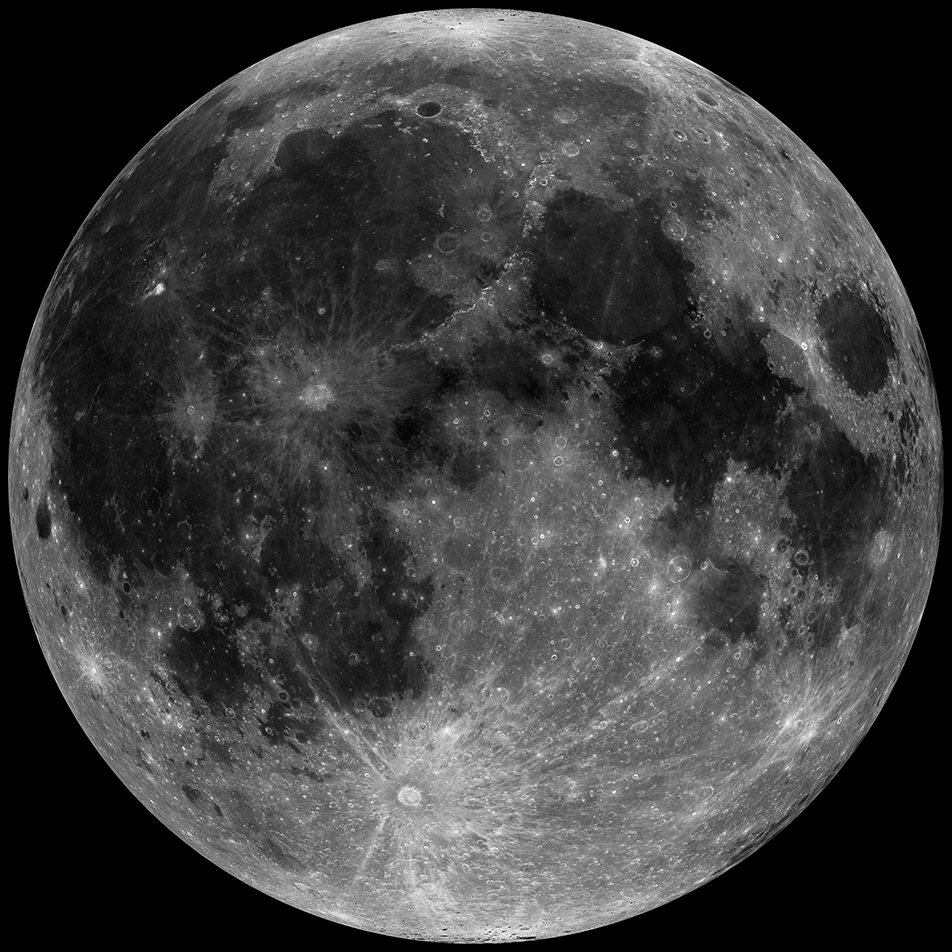
Eclipse!
Super Moon, Blue Moon, Eclipse! All in one month! Look for a spectacular full Moon eclipsed by the shadow of the Earth on the morning of 31 January. Nearside mosaic composed of hundreds images acquired over a 14 day period...
Published on 30 Jan 2018